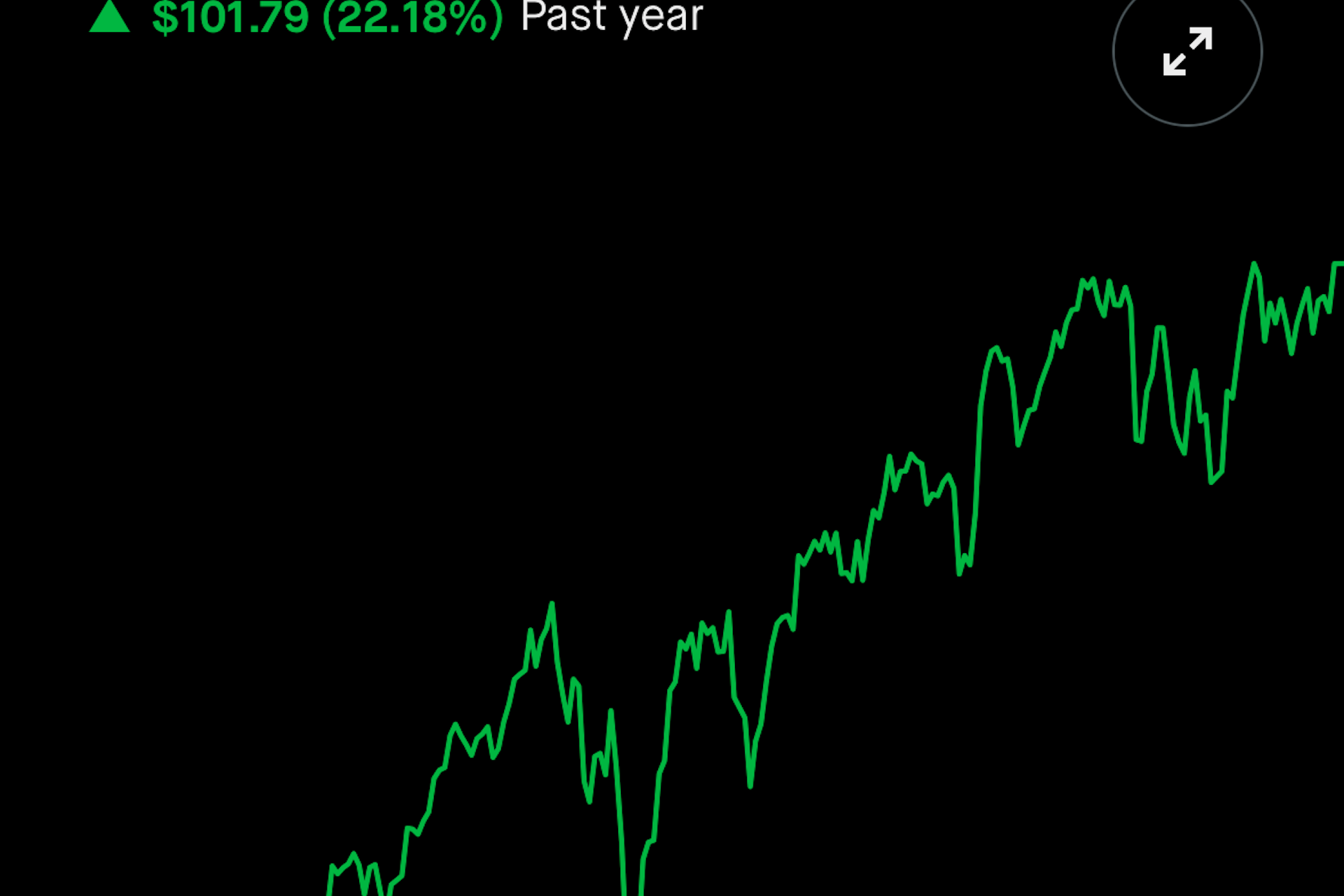It can be tempting to dip into your retirement savings, especially if you have a large IRA or 401(k) that is quickly compounding money every year on its investments.
While self-directed IRAs and 401(k)s enable you to put that money in real assets, like real estate, you still can’t technically benefit from those investments in your own personal checking or savings account.
One question we get a lot from our clients is whether or not they can personally borrow against their IRA, using their self-directed IRA as their own bank. While it makes perfect sense in theory, unfortunately, IRS rules prohibit individuals from doing this without incurring unwanted fees and penalties before the age of 59 ½.
But what if there were ways to access quick cash without incurring a fee? Are there better alternatives to taking a loan out from a retirement account, like using a 401(k)? We’ll explore every conceivable way you can borrow against your IRA and access early retirement funds without paying an early withdrawal penalty.
Can I borrow against my IRA without penalty?
Unlike a 401k, you can’t technically borrow against a Traditional or Roth IRA without avoiding an early withdrawal tax. Even self-directed IRAs don’t allow individuals to loan money to themselves or any disqualified persons. But this doesn’t mean there aren’t still ways you can access retirement funds if need be.
First, Roth IRAs allow you to withdraw contributions before the age of 59 ½ without paying an early withdrawal penalty. However, any earnings on your account will incur that dreaded 10% tax.
Keep in mind that, unlike a 401(k) with an established repayment schedule, you will need to restore any withdrawn funds at a later date to get your retirement plan back on track. This will be nearly impossible if you’re already maximizing your annual contributions.
But what if you have a Traditional IRA or want to access earnings in a Roth IRA without penalty? Under the following circumstances, you can withdraw money without penalty if you are using funds to:
- Purchase your first home
- Cover qualified educational expenses
- Cover unreimbursed medical expenses
- Pay for certain birth or adoption expenses
However, if you want to borrow funds but the reason doesn’t fit into one of the categories above, you may have one last option: taking out and repaying funds within 60 days of the withdrawal.
What is the 60-day rule?
As the name suggests, the 60-day rule is an IRS rule that lets investors move their money out of and back to an IRA account within 60 days. The 60-day rule commonly comes into play when an investor rolls over funds from one retirement account to another, as may be the case if you have a change of employment and need to move funds from a 401(k) account.
Under this rule, you can withdraw funds once every 12 months and maintain possession of those funds for 60 days (from the withdrawal date) without worrying about taxes or penalties.
Also known as an indirect rollover, this same practice can be used to meet potential borrowing needs. You’d simply withdraw the funds at your discretion and then deposit the same amount within 60 days.
It’s important to note that when you execute a 60-day rollover from a 401(k), your custodian will keep a mandatory 20% of the requested amount and give it to the IRS to hold. For instance, if you withdraw $10,000, your custodian will withhold $2,000, and you’ll receive $8,000.
When you complete the rollover in the designated 60 days, you must deposit the entire amount back into your account ($10,000 in the example above). That means you’ll be on the hook for coming up with the additional 20% ($2,000 in the example above). Once you deposit the original withdrawal amount, you’ll receive the funds that were held. You’ll likely face taxes and penalties if you don’t deposit the full amount.
Can a self-directed IRA take out a mortgage?
Another common question we get is whether you can use a self-directed IRA to fund your own mortgage.
Unfortunately, a self-directed IRA cannot be used to purchase a mortgage for a house that you or any other disqualified persons (i.e., spouse, ancestors, or descendants) will live in.
If you purchase an investment property with your SDIRA, all proceeds must go directly back into the IRA account.
A Better Alternative: Taking Out a 401(k) Loan
A 401(k) loan is a loan against your retirement account. You borrow the money for a set period and make regular payments on it until the amount borrowed, plus interest, is paid in full.
Not all 401(k) plans allow participants to take out a loan against their 401(k), but those that do, such as an individual 401(k) and a self-directed 401(k), typically require full payment within five years; loans for the purchase of a primary residence may have longer terms. Annual loan maximums are typically capped at the lesser of 50% of your vested interest or $50,000.
For example, if you have $30,000 in your retirement plan, you can only borrow up to $15,000.
However, you may be eligible for more than one loan out at a time, but the total balance of all loans can only be, at most, the maximum amount allowed by your plan. In this case, if you have $150,000 in your account, your maximum loan amount would be $50,000. If you have already taken out a $30,000 loan against your account, the maximum amount of a second loan would be $20,000.
Though the IRS sets rules that govern all qualified retirement account loans, including 401(k) loans, maximum terms and loan amounts, and other rules and requirements can vary by plan.
401(k) Qualifications and Penalties
If you’re considering taking a 401(k) loan, take time to understand the qualifications and penalties associated with this type of financing.
401(k) loan qualifications
The rules regarding 401(k) loans vary by plan and employer, but generally, there are few qualifications.
If you’re married, your plan may require your spouse’s consent before you can take out the loan. You also can’t exceed the number of loans allowed by your plan. So, if you already took out a loan against your 401(k), you may not qualify for a second or third one, depending on your plan’s policies.
401(k) loan penalties
Taking a loan out against your 401(k) is not without risk, and if you don’t comply with the rules and regulations set by your employer and the IRS, you may face penalties. According to the IRS, penalties typically come into play if:
- Your loan amount is higher than the maximum dollar allowed.
- You fail to make the required payments, pushing your loan into default.
- Your loan repayment schedule doesn’t meet the required payment or time limits.
In these cases, your loan will be considered a “deemed distribution.” The penalty for a deemed distribution can have costly tax implications. Primarily, your loan will be considered taxable income, and you may also be required to pay a 10% early distribution tax.
Pros and Cons of a 401(k) Loan
Because a 401(k) loan is a true borrowing option, it may be a better option than withdrawing funds from your IRA. And, since you are required to repay the loan, there are no taxes or penalties for temporarily accessing your funds.
Pros of a 401(k) loan
Easier to obtain
A 401(k) loan has fewer qualifications, and unlike other types of borrowing options, you’ll likely be able to skip a credit check and avoid other common loan qualifications. A quicker application process can also work to speed up the borrowing process.
Lower interest rates
In many cases, a 401(k) loan has lower interest rates than those associated with a bank or credit union loan. There will almost always be a lower interest rate than those attached to a credit card unless you qualify for a 0% APR credit card promotion.
Avoid taxes or penalties
If you simply withdraw from your 401(k), you’ll need to pay income tax on the amount withdrawn, and if you aren’t 59 ½ or older, you’ll likely be penalized for an early withdrawal. A 401(k) loan is usually tax and penalty-free if you meet your repayment requirements.
Cons of a 401(k) loan
While 401(k) loans are an appetizing option for most investors, it’s important to be aware of the drawbacks of using this type of loan to fund an investment.
Loan maximums may be too low
A 401(k) loan can’t exceed $50,000 or 50% of your vested interest, whichever is less. Depending on the reason you’re borrowing, this may not be enough to cover your needs.
Short repayment period
In most cases, a 401(k) loan must be repaid within five years or less. Depending on how much you’re borrowing, that can make monthly payments high. Always balance your borrowing needs with your budget to ensure you can repay your loan on time.
Potential tax implications
If you don’t follow your repayment schedule, your loan may be considered a withdrawal and taxed. In that case, you may be on the hook for an income tax on the loan and a 10% early withdrawal penalty.
Tied to your employer
Since your 401(k) is tied to your employer, a loan from your account is, too. So, if you leave your company, on your own accord or otherwise, your loan balance may become due sooner than anticipated.
Is It Worth It to Borrow Against Your Retirement?
While it often seems like a good idea to borrow against your retirement plan, many stipulations need to be overcome to avoid costly penalties.
For one, borrowing against an IRA before the age of 59½ almost always comes with some risks, even if you don’t have to deal with a high APR. Not only do investors risk incurring an early withdrawal penalty, but it may be difficult to recuperate funds without exceeding annual contribution limits.
Certainly, 401(k) loans present a much better alternative, but investors must either open an Individual or Self-Directed 401(k). Likewise, there are several rules governing terms, and loan amounts may be much smaller than those that could be acquired via a traditional loan from a lender.
Work with your custodian to discover ways to borrow against your retirement plan without facing costly penalties.
FAQs
Can I borrow against my IRA without penalty?
No, you cannot borrow against a Traditional or Roth IRA. Self-directed IRAs do not allow self-loans or loans to disqualified persons. You may withdraw funds directly to yourself but you may incur an early withdrawal tax.
What is the 60-day rule for IRA withdrawals?
The 60-day rule allows investors to withdraw funds from an IRA and return them within 60 days without facing taxes or penalties. It’s crucial to ensure the entire amount withdrawn is redeposited within the specified timeframe. Indirect rollovers can only be completed once in a 12-month cycle.
What are the qualifications and penalties for 401(k) loans?
Qualifications for 401(k) loans vary by plan but typically involve few restrictions. Penalties may arise if loan amounts exceed limits, required payments are not made, or repayment schedules are not met, leading to deemed distributions and potential tax implications.



